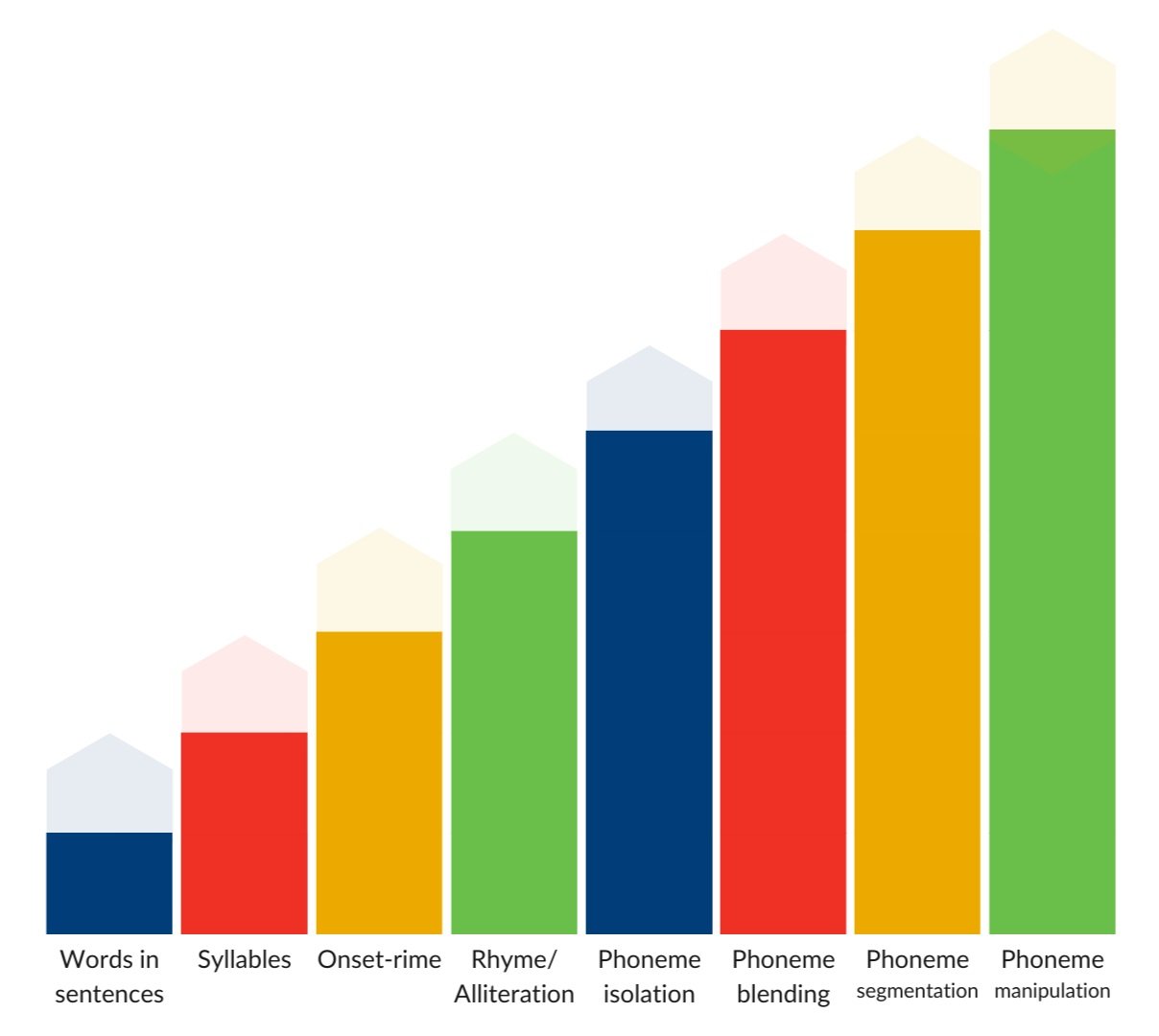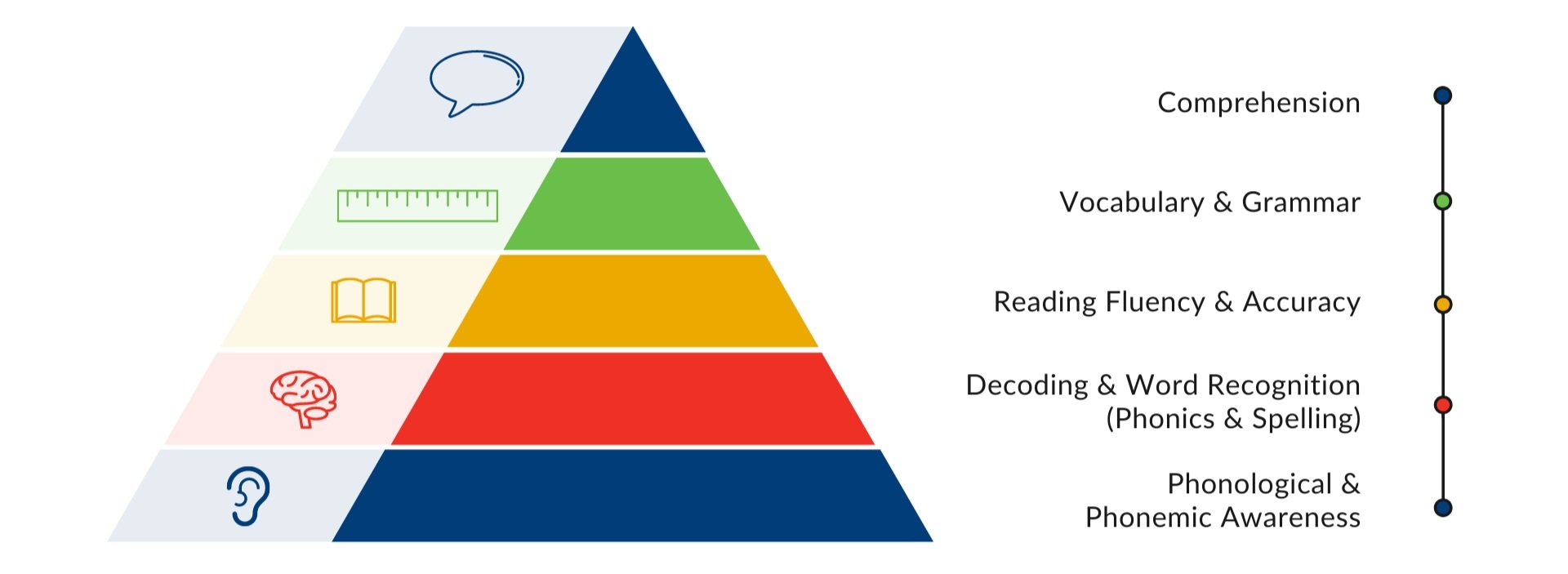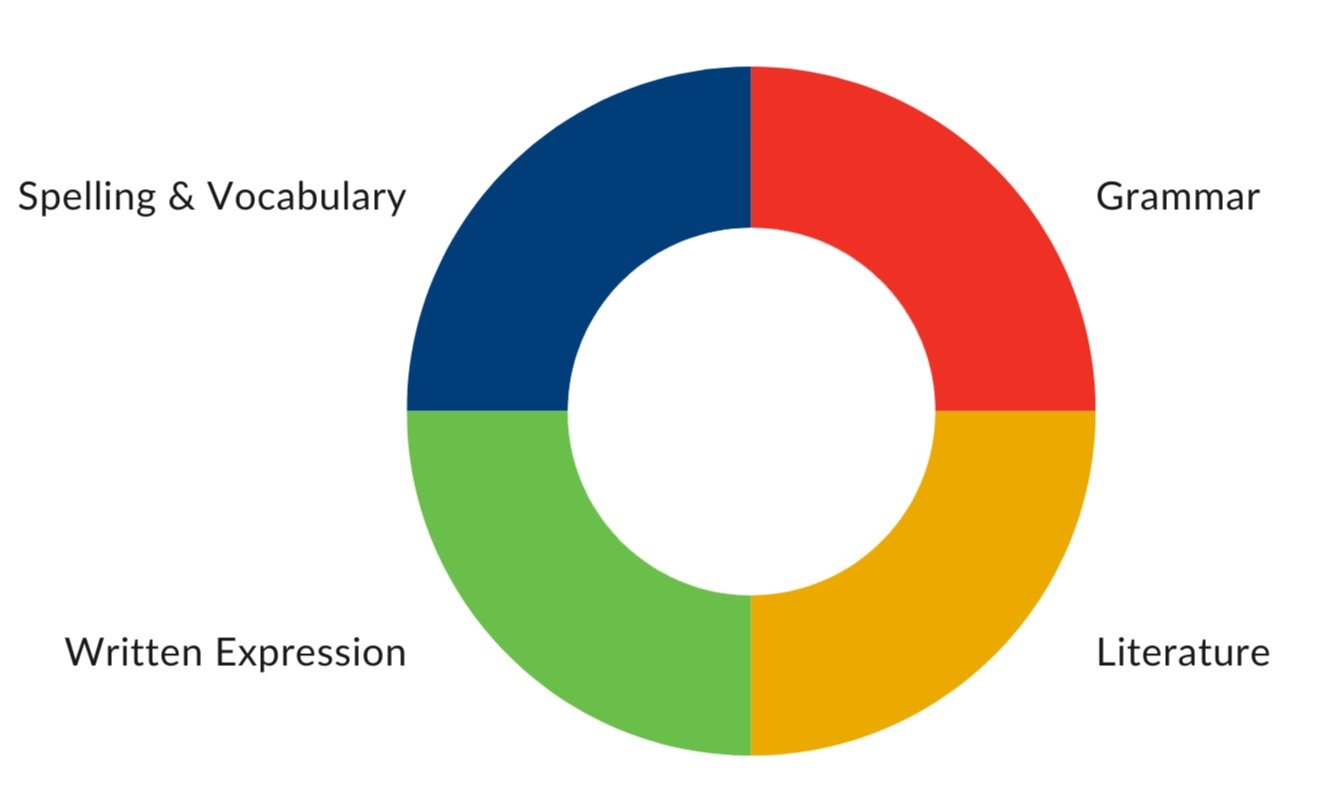CMDS Literacy & Language Arts Approach
CMDS uses a variety of curricula, multi-sensory teaching strategies and evidence-based instructional practices to form a customized literacy and language arts program that reaches each student at his or her level. Through this intentional and personalized approach, CMDS students are given all of the tools they need to develop into exceptional readers and writers.
In Early Childhood, the emphasis on phonological and phonemic awareness lays the foundation for our youngest students’ transition to Lower School and its daily, explicit small-group literacy instruction. Teachers balance content mastery and skill development to ensure students are meeting or exceeding the benchmarks for each grade level. In Upper School, CMDS continues to set high expectations. Students use their solid foundation to tackle more challenging texts, to think critically about what they are reading and to respond to questions with detailed and rich written expression.
Phonological & Phonemic Awareness Components
Phonological Awareness is an important and reliable predictor of later reading ability. Therefore, it is a major component of our Early Childhood and Lower School literacy instruction.
Early Childhood
Teachers implement daily systematic language instruction that is modeled and constructed to engage students. As students progress from 2K through JK, all four components of our Early Childhood literacy and language arts program are scaffolded and designed to achieve age-appropriate milestones. By the end of EC, our focus progresses to the acquisition of and proficiency in the areas of phonological and phonemic awareness.
Oral Language is the acquisition of vocabulary and the rules that govern speech and writing that aid in meaningful conversation.
• Reciting rhymes, listening to read alouds, vocabulary introduction, class discussions and shared writing experiences
Print Awareness is the earliest introduction to literacy and the understanding that print has different purposes.
• Class read-alouds, word games and active discussion about books, words, letters and features of print
Alphabetic Principle is the understanding that letter names and letter patterns represent sounds.
• Singing songs and rhymes, manipulating letter blocks, comparing letter shapes and explicitly introducing letters in a prescribed order
Phonological Awareness is the skill that includes identifying and manipulating units of oral language.
• It includes language play activities that are oral and auditory, not visual.
• Phonemic Awareness is a subset of Phonological Awareness in which listeners are able to hear, identify and manipulate phonemes, the smallest units of sound in a spoken word.
Lower School
Teachers use a Structured Literacy approach in both small- and whole-group lessons. Structured Literacy is explicit, systematic teaching that focuses on phonological awareness; word recognition; phonics and decoding; spelling; and syntax at the sentence and paragraph levels. Structured Literacy is proven to lead to skilled reading – which builds and strengthens multiple strands of knowledge – for all students. In order for our students to become proficient and fluent readers, writers and spellers, all of these literacy blocks must line up to form a strong foundation.
Phonological & Phonemic Awareness
These are the key foundational skills that students must master in order to read.
Daily practice with separating and manipulating individual sounds in words, syllables and words in a sentence improves and strengthens skills.
Decoding and Word Recognition
Using a sequential phonics/spelling progression, students are taught the important and necessary patterns and rules to be able to accurately spell, read and write increasingly harder words.
These skills are practiced frequently to achieve automaticity, fluency and accuracy.
Reading Fluency and Accuracy
This is the ability to read words quickly and with correct phrasing to retain the meaning of the text.
Repeated readings and fluency drills improve rate, and thus comprehension.
Vocabulary and Grammar
Students cannot understand what they are reading without knowing what the words mean. Vocabulary is built through engaging discussions, listening to read- alouds, individual reading, explicit content vocabulary instruction and morphology/word study.
Grammar instruction is taught using a multi-sensory approach to make abstract concepts clear, logical and concrete. Parts of speech, syntax and sentence structure are addressed and assessed.
Comprehension
Real comprehension occurs when students can decode, make connections and think deeply about the text.
Upper School
Students begin to utilize all of these tools to further develop their reading, grammar and writing skills. The foundation that is laid in Early Childhood and Lower School blossoms into a rich and varied instructional model that focuses on literature, vocabulary, grammar and written expression.
Spelling and Vocabulary
Vocabulary words are selected through word study and from the literature that the class is reading. The goal is for our students to see the words used in various contexts and ways to develop a deep understanding and knowledge.
Grammar
Grammar, usage and mechanics instruction becomes more abstract and complex. These skills are explicitly taught and reinforced through a variety of methods and curriculum resources.
Written Expression
Student writing takes a major step forward in Upper School. Students learn how to communicate their thoughts and ideas effectively through different written styles and forms. From personal narratives to research reports to poems to journals, CMDS teachers consistently work to improve students’ written expression benchmarks and expectations.
Literature
Whole-class novel studies are used to strengthen students’ reading comprehension skills and to teach them how to think critically and reflect on literary elements.
Literature circles are a component used in 5th and 6th grade to pique student interest in different award-winning books and to teach students how to discuss and support their thinking.
Other genres – such as poetry, non-fiction texts, short stories and plays – are introduced to expose students to different types of texts.
Individual reading is encouraged and expected to build fluency, vocabulary and interest. Student book recommendations are shared through journals, presentations, talks or projects.





